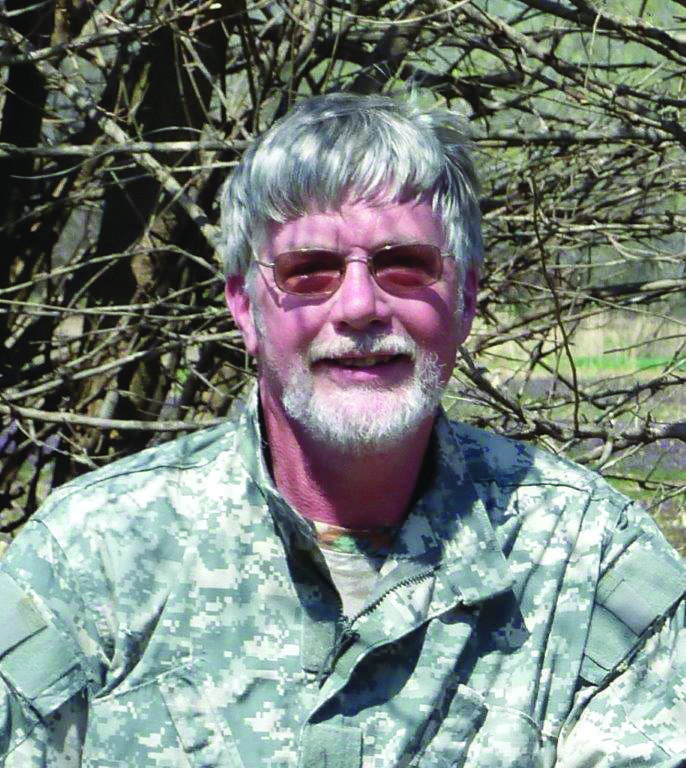By John Schlageck, Kansas Farm Bureau
After spending four months in the Sand Hills of Nebraska, 60 head of Doug Zillinger’s momma cows returned home in mid-August to the short-land grass of Phillips County.
Moving out of the floor trailer and down the chute, the fall calvers hurried toward the green, knee-high grass. Fat and sassy, they quickly settled in and went about the business of contentedly grazing.
“They’re some good looking cows,” Zillinger said as a smile crossed his face. “They’ve shed out their old hair during summer and in a few weeks they’ll begin to put on their winter coat. I’m really satisfied with the time these girls spent up in Nebraska.”
The Sand Hills is cow heaven. This region of mixed-grass prairie in north-central Nebraska, covers just over one quarter of the state.
Depending on the weather, grass is rich, green and boot high by mid-April. The Sand Hills sit atop the Ogallala Aquifer. Temporary and permanent shallow lakes are common in low-lying valleys between the grass-stabilized dunes prevalent in the Sand Hills and provide plenty of water for thirsty livestock.
That’s one of the main reasons Zillinger settled on this grass-land area when faced with the choice of moving his cows to grass or selling off his herd back in 2013.
“We were in a three-year drought and lost some grass,” Zillinger recalls. “I wanted to continue in the cow business so I told my wife (in January of that year), ‘I’m going out to look for grass and I’m not coming home ‘til I find some.”
After a couple months of searching the Phillips County stockman located and contracted grass for his cow herd. He wanted land roughly the same altitude as home and similar grasses – familiar surroundings for his cow herd.
Three years later, Zillinger plans to take more cows north in 2016. The working relationship with Derek Schwanebeck, who owns the grassland he custom grazes, has developed into a win-win for both parties.
Schwanebeck likes to limit grazing on his family’s land to fall calvers – no bulls and no calves. Eight cattlemen with herds ranging from 300 to 24 head summer on the grassland.
This summer the Grant County cattleman pastured 1,020 head of cows. Schwanebeck also runs 400 cows of his own.
“We provide grass during its peak growth period,” Schwanebeck emphasizes. “Our program lasts four months, includes high-intensity grazing and then the cows are gone. We carefully manage our resources, move the cattle and we never overgraze this land.”
Just importantly, Schwanebeck chooses to open up his grassland to other stockman who can benefit from grazing the Sand Hills land. Living on the land where the cattle graze, he watches over the cattle daily. He wants to ensure their cattle leave Grant County in better shape than when they arrive.
“I want these stockmen, like Doug, and their cows to prosper while they’re up here under my care,” Schwanebeck says. “If they’re improving their bottom line, I’ll be doing the same.”
Stockmen are, “always, always welcome but never obligated to come up and look at their cattle,” he says.
Yes, it’s a long trip up to Grant County, more than 300 miles and a six and a half hour drive, if everything goes right. Zillinger made three trips in three consecutive days to bring his cow herd home.
The Phillips County stockman plans to travel north to the Sand Hills again next April – his fourth trip.
“I really look forward to bringing my cattle up there,” Zillinger says. “I hope I can bring more up next April. I feel really comfortable leaving them in Derek’s care and knowing they’ll have one of the best sources of green grass and all the water they can drink.”
John Schlageck is a leading commentator on agriculture and rural Kansas. Born and raised on a diversified farm in northwestern Kansas, his writing reflects a lifetime of experience, knowledge and passion.




